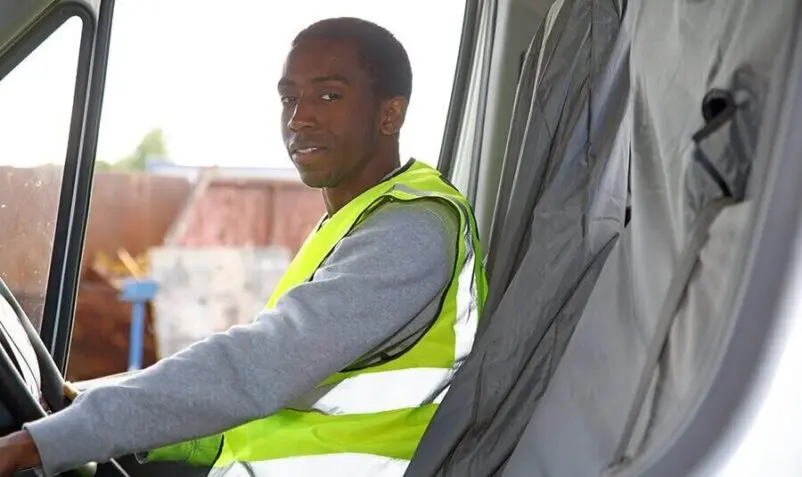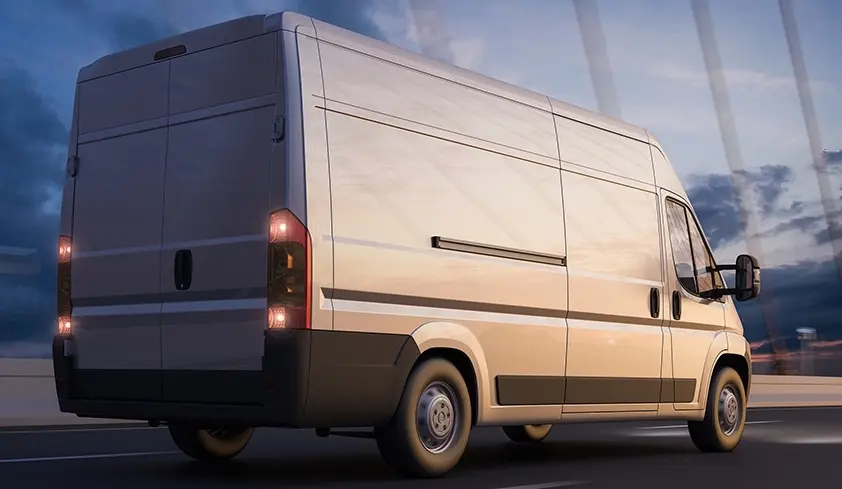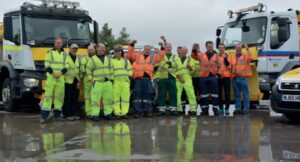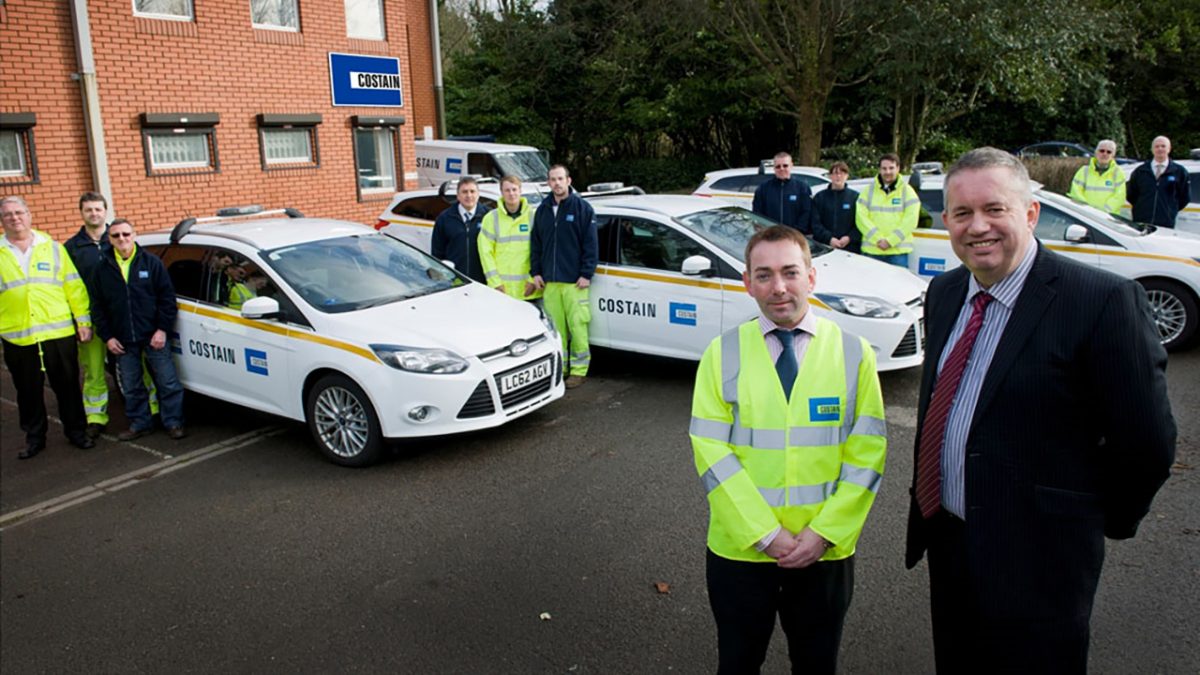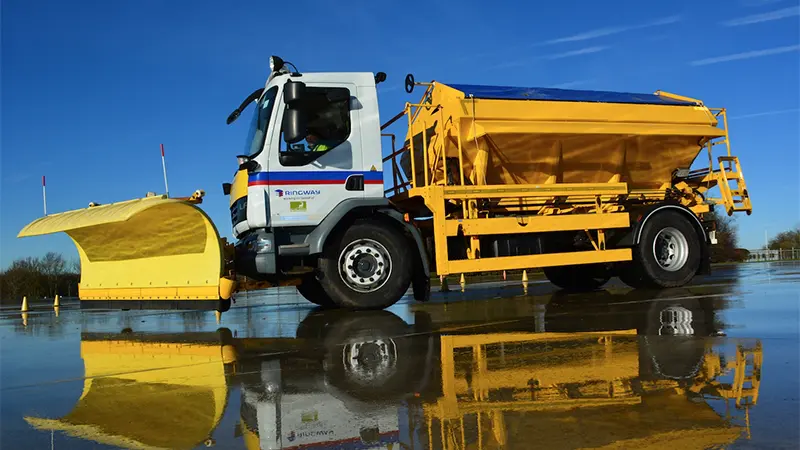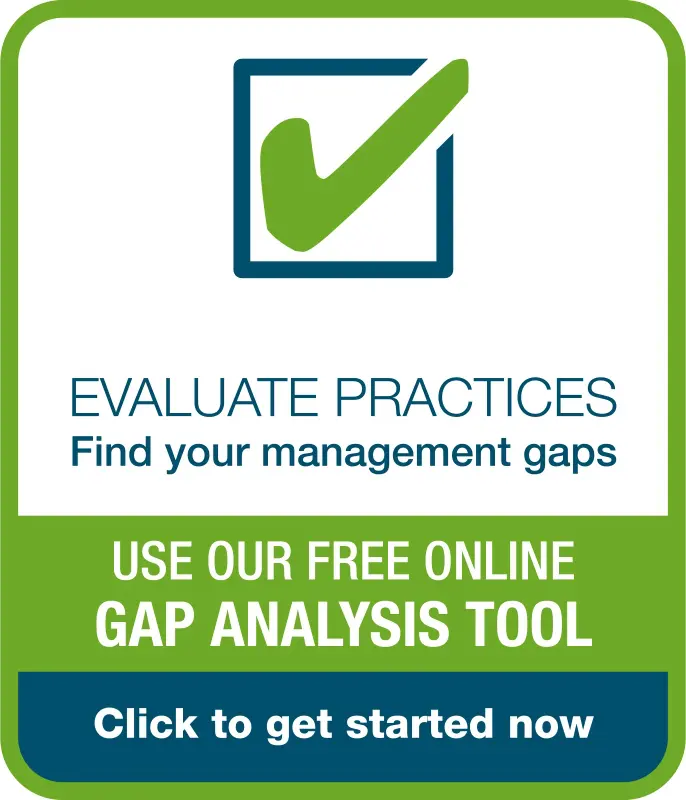
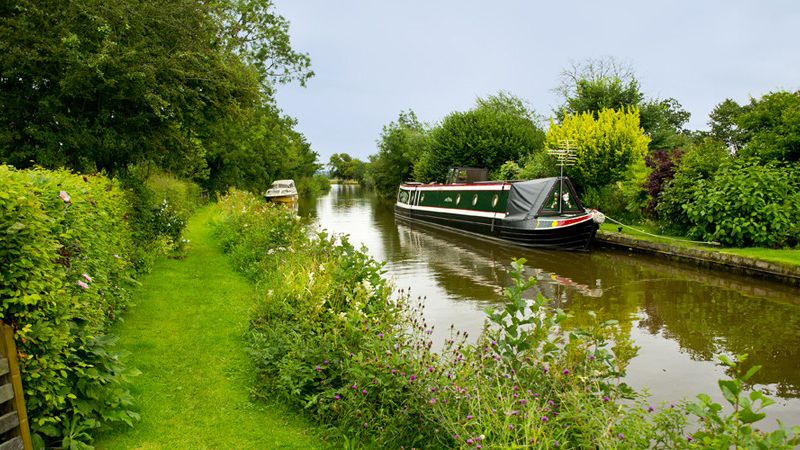

Fleet Size
LCVs: 500+
Grey Fleet: 1,000+
The Canal and River Trust (C&RT) looks after 2,000 miles of historic canals and rivers including 2,949 bridges, 1,582 locks and 280 aqueducts. UK waterways encompass seven historic parks and gardens, 2,706 buildings and structures, six battlefields, 46 scheduled monuments and four World Heritage Sites. The Trust recently overhauled its approach to road-based risk management under the auspices of fleet manager Steve Mulvaney.
Summary of Achievements
At-fault Collisions
DOWN 19%
In the first year
Fuel Use
DOWN 12%
for trained drivers
Net Savings
OVER £200k
In the first year
Annual Fleet Spend
DOWN 14%
Demonstrating leadership in driver safety
“What’s clear is that we have gone from zero to a much safer, compliant and cost-effective fleet. Our aim is to be the safest fleet in the UK. We want everyone who works for us to be proud to drive safely and properly, not just for their own safety but for that of other road users.”
Steve Mulvaney,
Fleet Manager, Canal and River Trust
More details
Supported by DfBB Partners
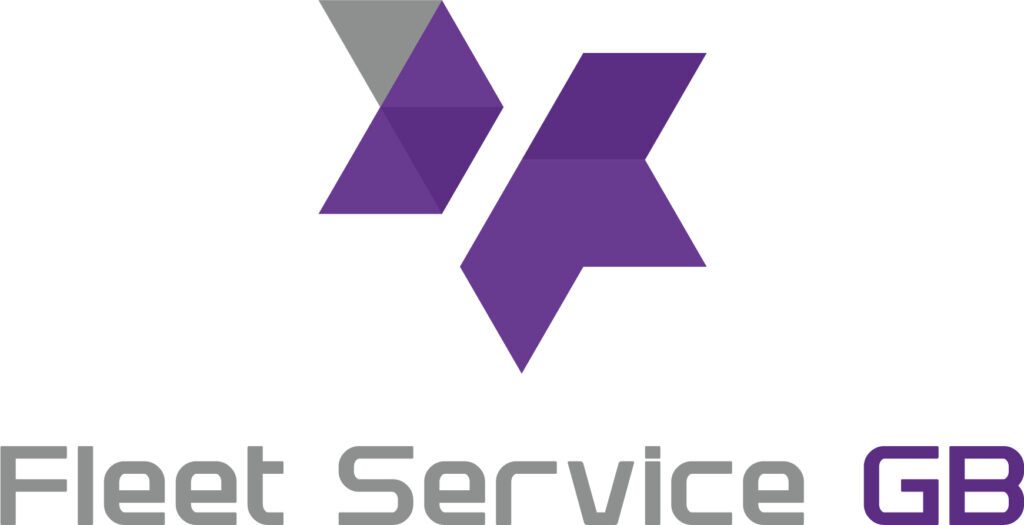

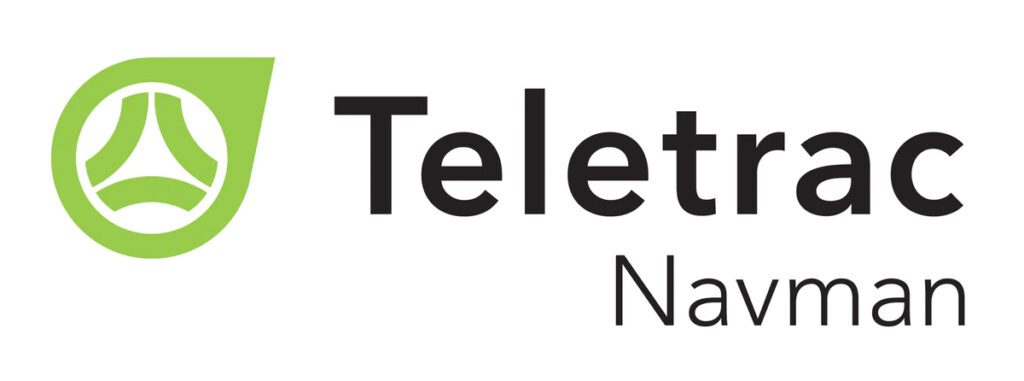

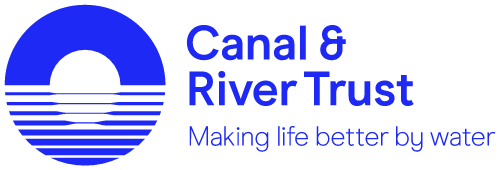

The Canal and River Trust (C&RT) looks after 2,000 miles of historic canals and rivers including 2,949 bridges, 1,582 locks and 280 aqueducts. UK waterways encompass seven historic parks and gardens, 2,706 buildings and structures, six battlefields, 46 scheduled monuments and four World Heritage Sites. The Trust recently overhauled its approach to road-based risk management under the auspices of fleet manager Steve Mulvaney.
Fleet vehicles
517 LCVs including 3.5 tonne welfare vans, tippers and flatbeds
1,050 grey fleet vehicles
“What’s clear is that we have gone from zero to a much safer, compliant and cost-effective fleet. Our aim is to be the safest fleet in the UK. We want everyone who works for us to be proud to drive safely and properly, not just for their own safety but for that of other road users.”
Steve Mulvaney, Fleet Manager, Canal and River Trust


Steve had three priorities:
- To ensure that all drivers had valid driving qualifications and licences
- To ensure that all the vehicles were maintained in line with manufacturer guidance
- To ensure the grey fleet vehicles were treated in line with the procedures for the company-owned vehicles.
He engaged Fleet Service GB (FS) after a tender process to provide the tools and insight to deliver a comprehensive fleet management process, in order to manage the Trusts’ road risk. Steve says FS offered “the best solutions for what we wanted to do. I also liked the fact that they would be flexible and change the offering to meet our business needs – it wasn’t simply ‘a product in a box’.”
After bringing driver licence compliance from 20% to 99%, Steve also risk-assessed his drivers. The Fleet Service system, Achieve Driver, builds all drivers’ activities or qualifications into a single score – so a driver gains points for qualification or fleet-mandated protocols but can lose them for parking notices, speeding violations etc.
Through the Achieve Driver programme, Steve introduced an e-learning portal with modules on many aspects of driving, as well toolboxes talks and regular driver communications. 97% of the drivers have now completed all of their e-learning, which most greatly welcomed.
Telematics
The driver risk assessments are complemented by separate scores from Teletrac Navman telematics. The FS score shows compliance with the company’s policies, including insurance and qualification to drive; and the telematics scores their actual driving.
“Being able to access data and identify the good from the not so good, is very important,” says Steve. “We could then recognise the good, but also call out the bad. That requires a structured conversation. For some drivers, poor driving is the result of ignorance, and we can help them to understand what they should be doing. With some employees, however, we have revoked their right to drive on our behalf.”
As C&RT teams tend to be several people strong, and vehicles are shared assets, Steve has operational flexibility to explain to employees that they are not considered appropriate drivers of the company vehicles. Grey fleet employees can also lose their right to drive for the business if they fail to confirm details such as MOT, insurance, and photocard renewal in a timely manner.
The Major Challenge
Steve’s biggest problem in terms of reducing collisions was the paucity of information about how incidents had occurred.
“When I joined there wasn’t a single straight vehicle on the fleet – every one of them showed signs of historical damage,” he says. “Our job was to reassure drivers that they would not lose their jobs or be penalised for telling us about an incident, because we can only address issues we know about.”
Initially every vehicle was photographed and all existing service records compiled, so Steve had baseline data for the whole fleet.
He set about a systematic fleet replacement, and has now replaced 200 of the original fleet assets. “Having new and better vehicles, which are clearly well maintained though FS, has encouraged a sense of ownership in drivers. They now take better care of the vehicles because it is clear that we take good care of them,” he says.
The next step was driver accountability. As the vehicles are usually shared and are only used for work purposes, drivers are now required to log in with their unique driver card before the vehicle will start (a crank-stop system). This has also helped to reduce vehicle theft.
Pre-use checks are conducted by each driver via an app, and if a vehicle changes hands during the day, a swap-over check with photographs will be conducted and uploaded to the FS system. This process ensures accountability for the condition of the vehicle.
There is a mandatory three-month audit of every vehicle, including photographs of the interior and exterior.
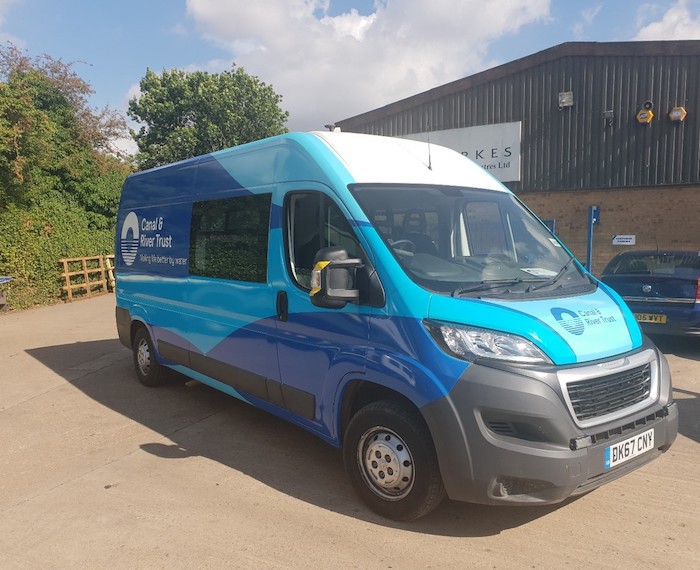

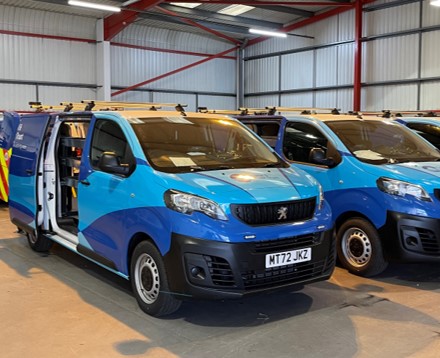

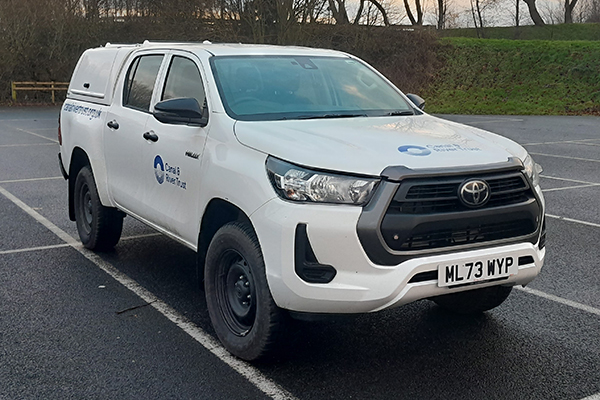

Driver Handbook and Policies
The driver handbook has been renewed and reissued. One of the benefits of a single-platform management system is that every driver can acknowledge that they have been issued with the handbook and policies and agree to abide by them. The handbook will soon be available online as well as in hard copy form.
The over-riding polices are that:
- Only Trust employees may travel in a Trust vehicle
- No Trust vehicle may be used for personal journeys
- Drivers must report any issue with the vehicle or road incident
- The handbook outlines tasks and the Trust’s rules for completing that task safely
Driver Training
The Trust has invested in specific driver training for new starters and those in need of improvement. No one with less than two years driving’ experience can drive a Trust vehicle, but Steve says that issues with drivers tend to be attitudinal rather than skill-based.
The training emphasises good anticipation, and light-footed acceleration and braking. There has been a fuel saving of between 9% and 12% on those drivers which have undergone this training.
As the Trust considers transitioning to alternative fuelled vehicles, this training will be rolled out to the entire driver workforce, as these are the skills they will require to maximise EV range.
“Moving to alternative fuelled vehicles will be a cultural shift for our drivers, so we must give them the skills to use the vehicles safely and well,” says Steve. “We find that if we hire good people and train them, it is effective at producing compliant and safe drivers.”
Speed is managed, and drivers who commit dangerous or extremely inappropriate speeding will have their right to drive revoked.
Safe Loading
Trust vehicles carry aggregates, tools and equipment and so loading requirements can vary. The organisation has two sets of mobile scales and visits two depots, unannounced every month to check the weights of vehicles. This is both educational for the drivers and gives an immediate insight into risk. Of 100 vehicles weighed this year, two were significantly overloaded and others prompted discussions with drivers about loading only necessary items and leaving capacity for what else may be required during the shift. Every vehicle has its dimensions and load capacity written in permanent marker in the cab.
“Our process is to identify an area of concern, put a system in place and then test that process,” says Steve. “We back this up with extensive comms, including our ‘trailer on tour’, where our senior management team visits our sites and answers queries and educates the teams. That is a valuable opportunity for us to underline road safety messages.”
Business Benefits
- Saved £201,000 in first year
- Reduced annual fleet spend by 14% year on year
- 52% increase in licence check compliance
- 21% reduction in non-fault collisions
- 19% cut in at-fault collisions
- Up to 12% fuel saving for specifically trained drivers

